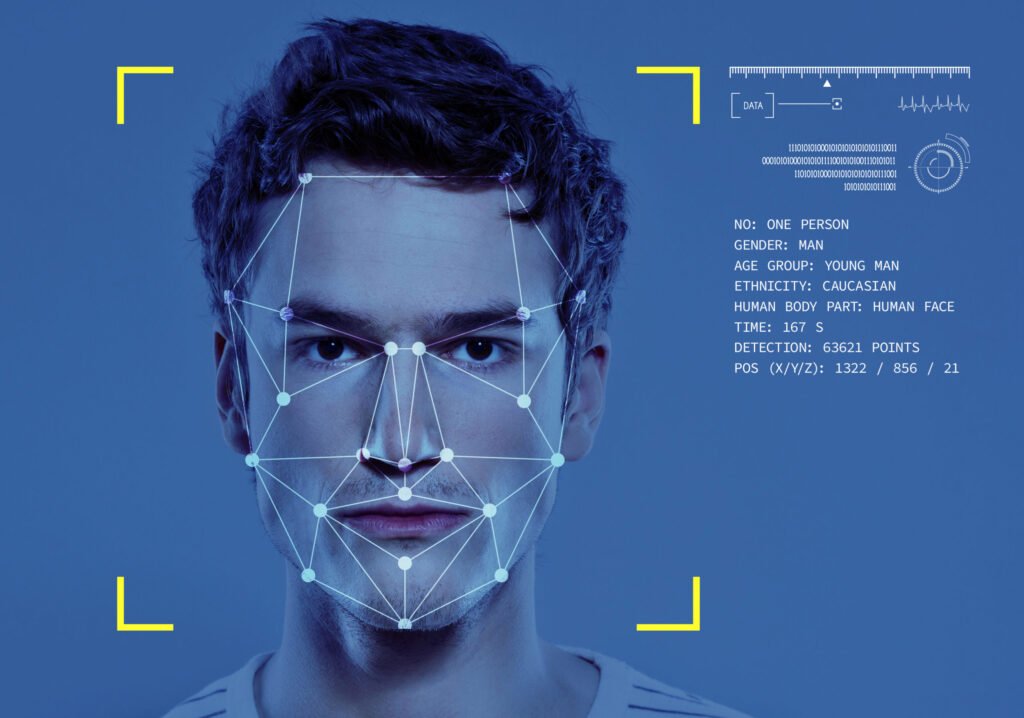
A face detection project in computer science typically involves using algorithms and techniques to identify and locate faces in images or videos. Here’s a simplified breakdown of the steps you might consider:
Data Collection: Gather a dataset of images containing faces and non-face objects. This dataset is crucial for training and testing your face detection model.
Preprocessing: Clean and preprocess your data. This may involve resizing images, normalizing pixel values, and other transformations to make the data suitable for training.
Algorithm/Model Selection: Choose a face detection algorithm or a pre-trained model. Popular choices include Haar Cascades, Histogram of Oriented Gradients (HOG), and deep learning models like Convolutional Neural Networks (CNNs).
Training: If you’re using a machine learning approach, train your model on the prepared dataset. This step involves adjusting the model’s parameters to learn the patterns and features that distinguish faces from non-faces.
Testing and Evaluation: Evaluate your model’s performance on a separate set of images it hasn’t seen before. Use metrics like precision, recall, and accuracy to measure how well your model is doing.
Optimization: Fine-tune your model if necessary to improve its performance. This might involve tweaking hyperparameters, adding more data, or using more advanced architectures.
Integration: Once you’re satisfied with your model’s performance, integrate it into your application or system. This could involve developing a user interface, connecting it to a camera feed, or integrating it with other software.
Remember, the complexity of your project can vary based on your goals and the technologies you choose. Whether it’s a basic face detection system or a more sophisticated facial recognition application, it’s an exciting journey in the world of computer vision!
